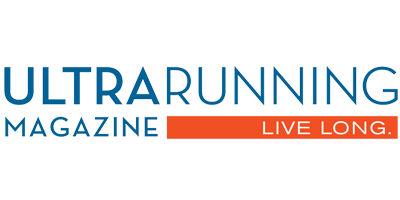




















Your long-term solution for foot pain
 2 Verified Reviews
2 Verified Reviews
AxisBoard Single-Leg Balance Board - SPECIAL DISCOUNT
HSA/FSA APPROVED

HSA/FSA APPROVED
This health product qualifies for coverage under your Health Spending Account (HSA) or Flexible Spending Account (FSA) as it is a medically related expense that supports your overall well-being.
HSAs and FSAs are designed to reimburse health and wellness expenses, including products that aid in managing specific health conditions or improving general health.
- At checkout, you can use your HSA or FSA card details to complete payment.
- Alternatively, you can submit a claim for this item, along with your emailed proof of purchase, and receive reimbursement according to the guidelines of your HSA or FSA plan.
Why you’ll love it
- Alleviates pain and prevents future injuries
- Improves ankle and foot mobility
How it works

What it helps with

Reviews (2)

























